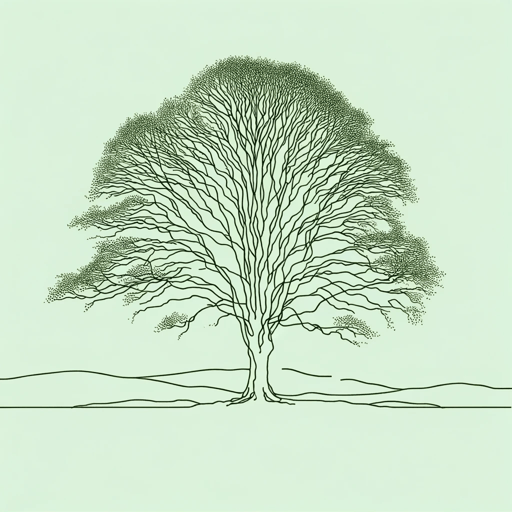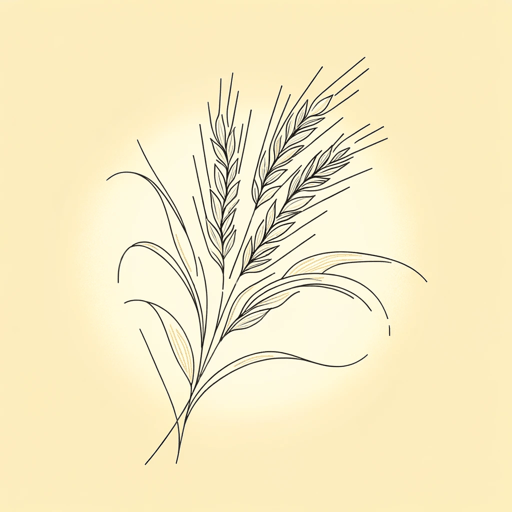18 pages • 36 minutes read
William WordsworthLondon, 1802
Fiction | Poem | Adult | Published in 1807A modern alternative to SparkNotes and CliffsNotes, SuperSummary offers high-quality Study Guides with detailed chapter summaries and analysis of major themes, characters, and more.
Further Reading & Resources
Related Poems
“On Seeing a Lock of Milton’s Hair” by John Keats (1818)
John Keats (1795-1821) belonged to the “second generation” of Romantics and, like Wordsworth before him, he too was enchanted by the towering figure of Milton. In this poem, “On Seeing a Lock of Milton’s Hair,” Keats chooses to focus on praising Milton’s poetic talents, hailing him as a genius and inspiration. The poem is a good example of Milton’s continuing influence on the English Romantic movement even as younger writers like Keats came to the fore.
“The Masque of Anarchy” by Percy Bysshe Shelley (1819)
Percy Bysshe Shelley (1792-1822) is one of the most famous members of the “second generation” of English Romantics who, alongside contemporaries such as John Keats and Lord Byron, followed in the footsteps of Wordsworth and Coleridge. Like many other Romantics, Shelley professed to have radical political beliefs, claiming to reject traditional social and political values and hierarchies. The Masque of Anarchy (sometimes written as The Mask of Anarchy) is one of his major works, which he wrote in response to the Peterloo Massacre. Like Wordsworth in “London, 1802,” Shelley deplores the current state of England, urging Englishmen to “Rise like Lions after slumber / In unvanquishable number—/ Shake your chains to earth like dew” (368-370).
Related Titles
By William Wordsworth

A Complaint
William Wordsworth

A Slumber Did My Spirit Seal
William Wordsworth

Composed upon Westminster Bridge, September 3, 1802
William Wordsworth

Daffodils
William Wordsworth

I Wandered Lonely as a Cloud
William Wordsworth

Lines Composed a Few Miles above Tintern Abbey ...
William Wordsworth

Lyrical Ballads
William Wordsworth

My Heart Leaps Up
William Wordsworth

Ode: Intimations of Immortality from Recollections of Early Childhood
William Wordsworth

Preface to Lyrical Ballads
William Wordsworth

She Dwelt Among The Untrodden Ways
William Wordsworth

She Was a Phantom of Delight
William Wordsworth

The Prelude
William Wordsworth

The Solitary Reaper
William Wordsworth

The World Is Too Much with Us
William Wordsworth

To the Skylark
William Wordsworth

We Are Seven
William Wordsworth

